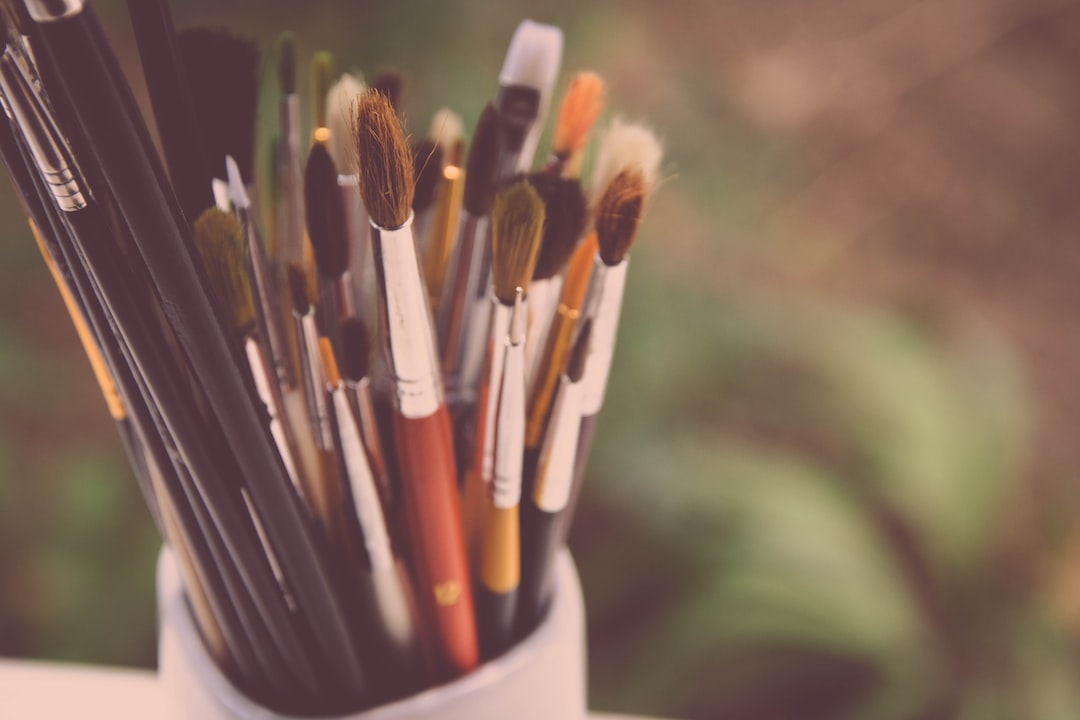Analyzing the Influence of Pop Culture on Modern Art
Art has the remarkable ability to reflect the society in which it is created, and no other form of art does this quite as engagingly as modern art. Modern artists often draw inspiration from their surroundings, making bold statements about the world around them. In recent years, there has been a clear influence of pop culture on modern art, creating a new wave of vibrant and accessible artistic expressions.
Pop culture refers to the dominant cultural trends, values, and practices that are prevalent in a society. It includes various forms of media such as music, film, television, fashion, and advertising. The influence of pop culture on modern art can be traced back to the mid-20th century when artists began to break away from traditional art forms and embrace new means of artistic expression.
One of the earliest examples of the intersection between pop culture and modern art is found in the Pop Art movement. Emerging in the 1950s and 1960s, Pop Art sought to incorporate imagery from popular culture into fine art. Artists like Andy Warhol and Roy Lichtenstein took icons of consumer culture, such as Campbell’s soup cans, Coca-Cola bottles, and comic book characters, and transformed them into bold, colorful art pieces.
Warhol, in particular, is renowned for his screen-printed images of celebrities like Marilyn Monroe and Elizabeth Taylor. By immortalizing these icons of popular culture, Warhol challenged traditional notions of art and elevated everyday objects to the status of high art. He believed that art should be accessible to the masses, and by using familiar imagery, he was able to bridge the gap between high and low culture.
The influence of pop culture on modern art expanded in the following decades, with artists embracing various mediums to convey their messages. With the rise of the internet, social media, and globalization, artists now have an array of pop culture elements to draw from. Contemporary artists have found inspiration in music, viral videos, memes, fashion trends, and even internet slang.
For instance, street artist Banksy incorporates elements of pop culture and social commentary in his graffiti-like artworks. His famous piece, “Balloon Girl,” depicts a young girl reaching out for a heart-shaped balloon, symbolizing innocence and hope. This image has become an iconic representation of urban art and a testament to the power of pop culture references in art.
Another notable artist influenced by pop culture is Jeff Koons. Known for his larger-than-life sculptures, Koons often incorporates popular imagery and consumer products in his artworks. His stainless steel sculpture of Michael Jackson and Bubbles, the singer’s pet chimpanzee, is a perfect example. Koons uses pop culture references to explore themes of celebrity, consumerism, and the boundaries between high and low art.
The influence of pop culture on modern art is not limited to visual art; it has also seeped into performance art and installation art. Artists like Lady Gaga and Marina Abramović have blurred the lines between performance and pop culture. Lady Gaga’s outrageous outfits, extravagant performances, and catchy pop songs have transformed her into a living work of art.
Performance artist Marina Abramović, on the other hand, explores the boundaries of endurance and the relationship between artist and audience. In her iconic performance piece, “The Artist is Present,” Abramović sat silently in a chair at the Museum of Modern Art, inviting visitors to sit opposite her and gaze into her eyes. This performance became a pop culture sensation, with people waiting in line for hours to have a few moments of connection with the artist.
In conclusion, pop culture has undeniably exerted a profound influence on modern art. From the early days of Pop Art to the contemporary works of street artists, sculptors, and performance artists, popular culture references can be seen throughout the art world. By incorporating elements of pop culture, artists are able to engage with a wider audience, provoke thought, and make bold statements about the ever-evolving world we live in. The intersection of pop culture and modern art is a testament to the enduring power of art as a reflection of society.

